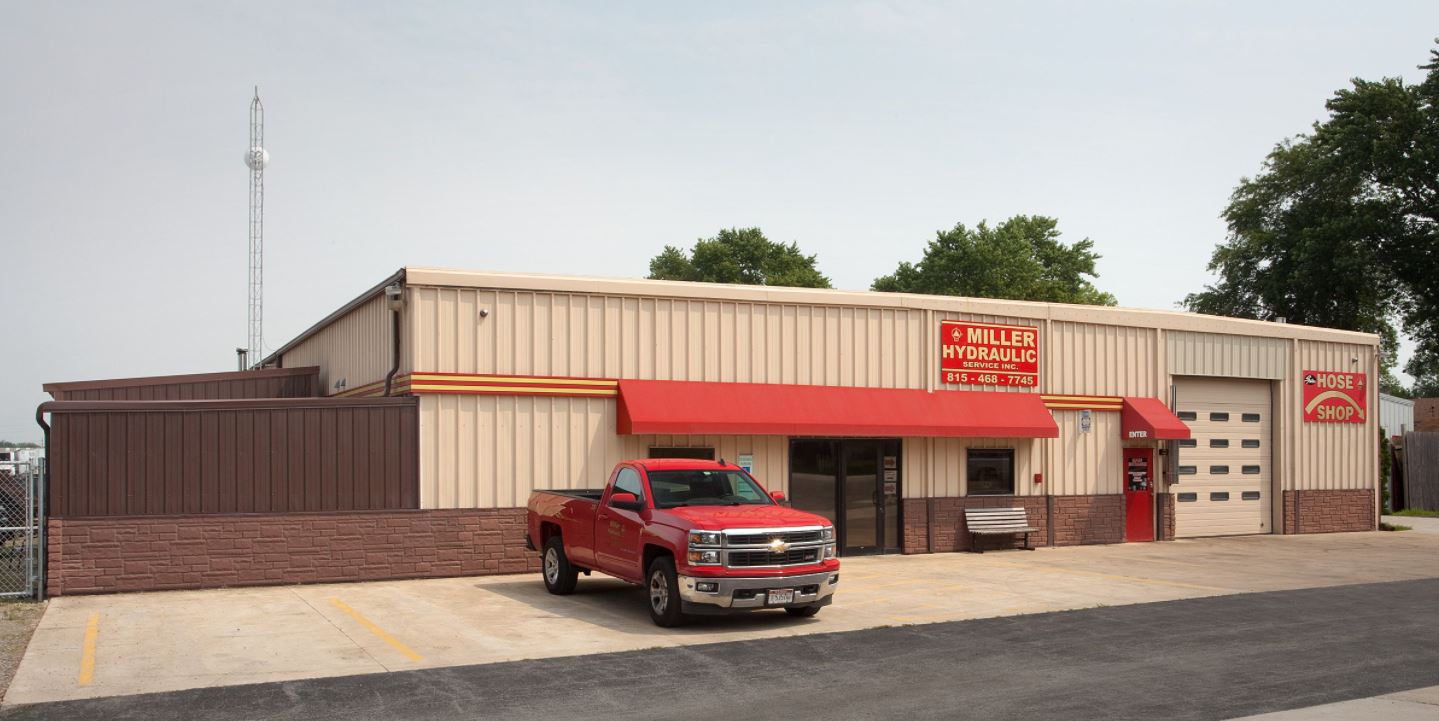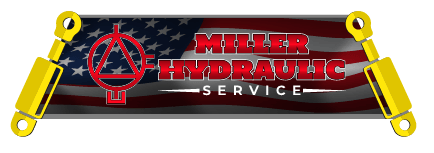Baler Maintenance Tips to Avoid Breakdowns

Balers play a crucial role in efficiently managing waste and recyclable materials. From agricultural operations to recycling centers, balers help compress loose materials into manageable bales, making transportation and storage easier. However, like any machinery, balers can break down, leading to costly downtime and repairs. By recognizing common causes of failure and following key maintenance practices, you can minimize downtime and keep your baler running efficiently.
Common Causes of Baler Breakdowns
Balers are subjected to rigorous use, which can lead to various issues over time. Here are the most common reasons why balers break down:
- Hydraulic System Failures: Leaks, low fluid levels, or faulty hydraulic pumps can hinder the machine’s ability to compress material effectively.
- Broken or Worn-Out Shafts and Belts: Overuse and stress can cause belts to slip or shafts to break, impairing bale formation.
- Electrical Issues: Faulty wiring, blown fuses, or malfunctioning sensors can cause operational failures.
- Clogged or Jammed Components: Debris, oversized materials, or improper loading can jam the pressing chamber or other moving parts.
- Worn or Damaged Blades and Knives: In balers equipped with cutting mechanisms, dull or broken blades can impede proper processing.
- Structural Damage: Cracks or damage to the frame from impacts or overloading can compromise the baler’s stability and functionality.
The Role of Hydraulics in Baling Equipment
Baler hydraulics are fundamental to the efficient functioning of modern baling machines. They use hydraulic fluid and pressure to power essential operations such as compressing materials, engaging the knotter system, and ejecting the finished bale. This hydraulic power provides the necessary force and precise control, ensuring smooth and consistent baling.
Essential Components of Baler Hydraulic Systems
A typical hydraulic setup in a baler consists of:
- Hydraulic Pump: Creates the flow and pressure needed to operate the system.
- Fluid Reservoir: Holds hydraulic fluid for circulation.
- Valves: Manage and direct fluid flow to different parts of the system.
- Hydraulic Cylinders: Convert hydraulic energy into mechanical motion to operate various parts.
- Hoses and Fittings: Carry high-pressure hydraulic fluid between components.
Optimizing Hydraulic Performance
Achieving optimal performance with baler hydraulics involves understanding pressure and flow rates:
- Proper pressure settings prevent component damage and ensure efficient operation.
- Maintaining the correct flow rate helps achieve consistent bale density and quality.
- Adjustments should be made according to the manufacturer’s specifications, based on the specific materials being baled and bale sizes.
Preventative Maintenance
An ounce of prevention is worth a pound of cure. Save yourself costly repair bills by taking the following steps:
- Schedule regular inspections and maintenance to reduce future breakdowns.
- Keep hydraulic fluids clean and at proper levels.
- Lubricate moving parts regularly.
- Replace worn components before they break.
- Ensure operators know proper usage and handling of the baler.
- Stock critical components like belts, blades, and hydraulic parts.
- Use approved lubricants and replacement parts.
- Regularly check your equipment—even when it’s functioning well.
Baler breakdowns can disrupt operations, but understanding the common causes and maintenance tips can mitigate their impact. Regular inspection, timely maintenance, and prompt repairs will extend the life of your baler and keep your material processing running smoothly. With proper care and routine maintenance, your baler — including its hydraulic system — will continue to run efficiently for years to come.
Do Your Balers Need Hydraulic Service in Illinois or Indiana?
If you own balers in Kankakee or Gilman, IL, or if your balers are in Lowell or DeMotte, IN, and you suspect they need an inspection, contact us at Miller Hydraulic. We’ve been servicing baler hydraulic systems since 1991. We’re locally owned and operated.





